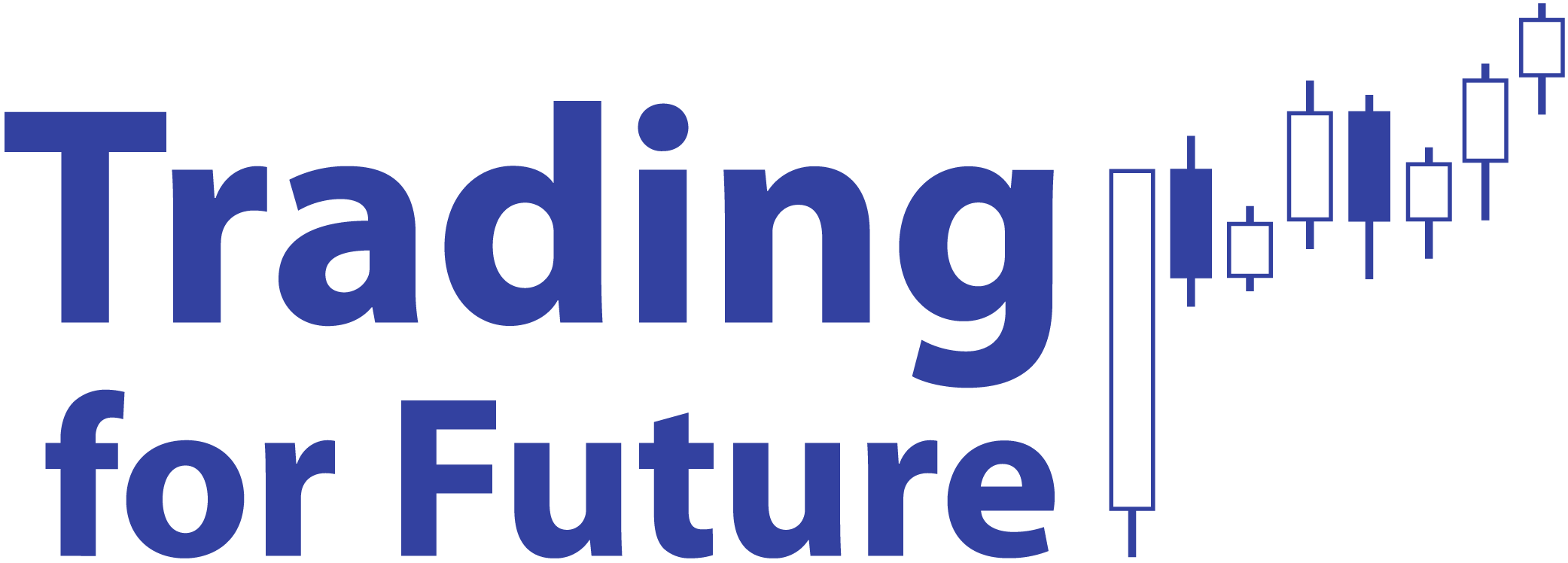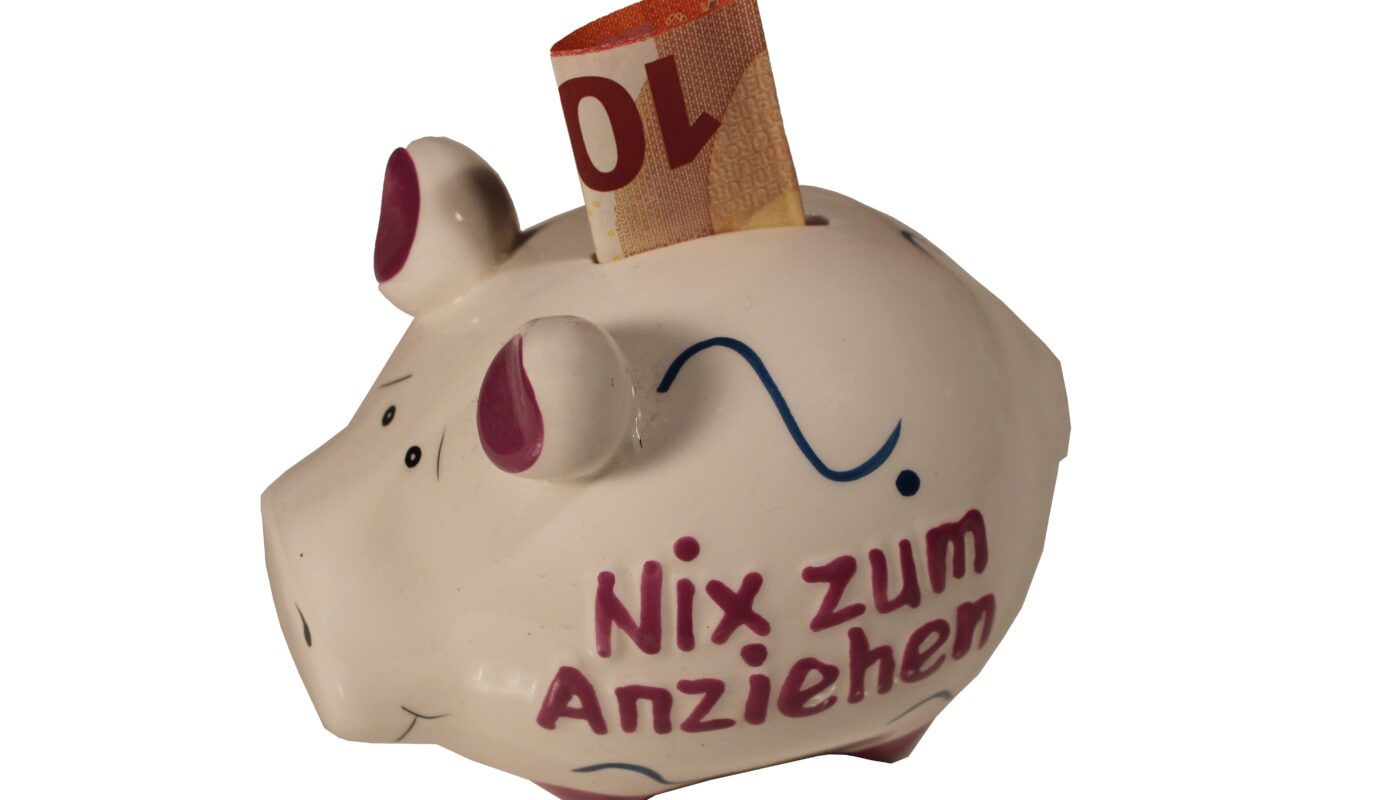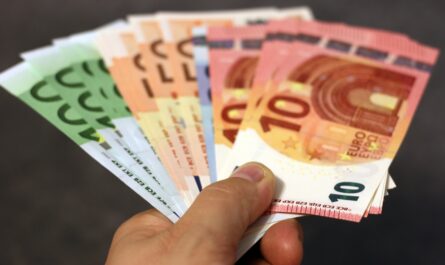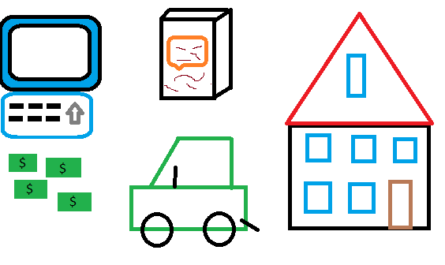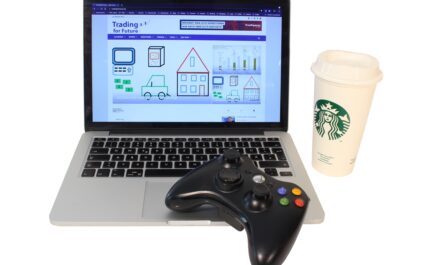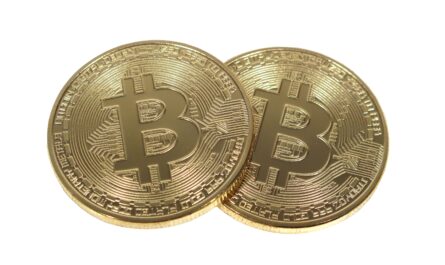Anyone who takes a deeper look at the subject of finance will sooner or later come across the concept of the FIRE movement. FIRE stands for “Financial Independence, Retire Early”, which translates as “Financial Independence, Retire Early”. Behind this is the desire to achieve financial independence relatively early in life in order to be able to lead a self-determined life. With extreme thrift, the time as an employee is to be kept as short as possible in order to be able to retire early. The movement has enjoyed great popularity since the 1990s, particularly in the USA, but spilled over to Germany at the latest with Oliver Nölting’s blog. In the meantime, there are also countless bestsellers, blogs, podcasts and video channels on this topic in this country.
The concept is first of all to take responsibility for one’s finances. With the help of budget books, you keep a constant eye on your spending and optimize it regularly. The savings rate must be continuously increased, which is mainly done by reinvesting dividends and distributions, but also by increasing income. The savings amount must not lie uninterested on the savings account and be eaten up by inflation, but must be invested broadly spread in tangible assets – exactly as we propagate it in this blog again and again.
Those who join the movement may have to turn their entire lives around and be quite disciplined with great perseverance. Until one no longer has to worry about money with a view to bills and old age, or even sees no need to actively earn money, a few stages to financial freedom have to be passed through, which we will discuss in more detail in this article.
Stage 1: Complete dependence
The first stage is reached immediately after birth. As a child, one is completely dependent on others. In this phase, it is mainly others who bear the costs of one’s own life – be it the family or the state. You do not have a livelihood of your own and are therefore dependent on others. The later pocket money of the parents may fulfill one or the other small desire, however, it is by far not sufficient to be able to lead an independent life. It is rather a first vehicle to learn how to handle money.
Stage 2: First independence
At some point during early life, you will take your first mini-job and trade your own lifetime for money for the first time. It could be an apprenticeship after school or simply a vacation job such as delivering newspapers or working at the cash register at an electronics store. The pocket money of the parents is simply improved. With this money you will be able to afford your own things without having to ask others. You make yourself independent of your family to a certain extent.
Stage 3: Standing on your own two feet
After graduation or training, the first real job finally comes. The active income from this covers the cost of living, which means you can leave your parents’ house and move into your own four walls. You stand on your own two feet for the first time. However, you are still not truly independent during this phase: You always have to make sure that you can cover your living costs. You are completely dependent on your employer.
Most people get stuck in this phase. Until their pension, which is later paid by the state, they go to work every day to be able to finance their lives. After each salary increase, the standard of living is adjusted: The apartment gets bigger, the car more sporty and every year a new smartphone is needed. The constantly increasing fixed costs have to be worked out continuously, which reinforces the dependence on the employer like a spiral.
If you want to become financially independent, you have to act differently than most people and escape the phase of complete consumption.
Stage 4: Financial security
If you manage to avoid incurring debts in stage 3 and can put a few months’ salary aside, you gradually escape from this stage.One is not forced to service monthly loan installments for others and can also easily make unforeseen expenses without the financial help of others.One does not have to take out a loan for the car repair that suddenly became due or even restrict oneself in one’s regular monthly expenses.The nest egg provides one with a certain buffer and thus some ease in life.
Stage 5: First financial independence
If you have more on the high side than your nest egg, you can start by investing your money in a broadly diversified manner in order to continuously increase your assets.The resulting increase in wealth then gradually begins to cover individual expenses.The dividends received from McDonalds stock pay for a burger a month, and the cash flow generated slowly covers the cost of food, rent, insurance, or regular consumer expenses like the Netflix subscription or cell phone bill.You’ve reached the first level of financial independence.
Stage 6: Financial freedom
If you can cover your monthly expenses entirely through your regular asset growth or cash flow passively without actively working, you have achieved financial freedom. One is not dependent on having to work for an employer and exchange time for money. Without doing anything on one’s own, monthly expenses can be paid as if by themselves. However, it is still not enough for luxuries such as travel, expensive parties or big sports cars.
Stage 7: Absolute financial freedom
Only those who no longer have to worry about anything have reached the final stage with absolute financial freedom. You don’t have to worry about money anymore and can afford even expensive sports cars, yachts or first-class flights without having to work for it.You are completely free and can act independently of everything.
However, only very few people will reach this level, as this requires an account worth billions – you have so much money that you simply won’t be able to spend it in the course of your life.
And what do I do?
Admittedly:In the beginning, I was very focused on this topic and wanted to reach at least the sixth phase as quickly as possible.The goal of being able to live as independently and, above all, as freely as possible is very desirable for me. Once I had decided on a strategy for my long-term wealth accumulation, I quickly began to steadily increase my monthly savings rates and constantly set out to find more ways to save money in my everyday life. I was quite frugalistic for a while and saved away well over 60% at times, despite a rather average salary with a high cost of living in a large Bavarian city.
I still have high savings rates today, but I no longer restrict myself so much in everyday life. A few beers with burgers in the evening in the pub or the one or other larger purchase is there with me again in the meantime. I consume very consciously, but I also live. Money means ease and creates independence. I want to achieve at least financial freedom as quickly as possible in order to become more independent of employers and the state. But I will probably never stop working. I want to do what I enjoy: for example, work on this blog to motivate others. I want to make a difference in the world.
